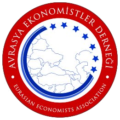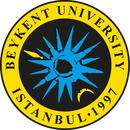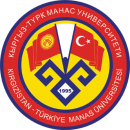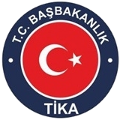
International Conference on Eurasian Economies
29-31 August 2016 – Kaposvár, HUNGARY
Paper detail
Paper ID : 1688
Status : Paper published
Language : Turkish
Topic : Macroeconomics
Presenter:
Session : 2C Kalkınma II
The Determinants of Middle Income Trap: The Case of Turkey
Orta Gelir Tuzağının Belirleyenleri: Türkiye Örneği
- Prof. Dr. Harun Bal (Çukurova University, Türkiye)
- Prof. Dr. Neşe Algan (Çukurova University, Türkiye)
- Asst. Prof. Dr. Müge Manga (Erzincan Binali Yıldırım University, Türkiye)
- Asst. Prof. Dr. Esra BALLI (Erzincan Binali Yıldırım Üniversitesi, Türkiye)
Abstract
The term “middle income trap” was firstly used in the World Bank’s Report titled “An East Asian Renaissance Ideas for Economic Growth” (2007), which then swiftly gained wide currency. According to this report, some countries that failed to align themselves with the requirements of changes and diversification of 21st century would remain in their respective income bracket. As long as the labor force of a given middle income country is not gradually transferred from the agriculture sector operating with low levels of productivity into the manufacturing sector which produces high added value products thanks to innovation-based practices, it will be losing its competitive edge as compared advanced countries, leading it to reach a plateau at its given level of income. This study is dedicated to determining whether or not Turkey do suffer from middle income trap, and examining the factors responsible for such trap, if they do so. This study also analyzes the primary causes behind middle income trap by utilizing both social and economic data these countries such as real GDP, inflation, good and services export to GDP, agriculture sector to GDP, Gini coefficient and age dependency ratio utilizing Vector Error Correction Model.
JEL codes: E01, O11
Bal, Harun, Algan, Neşe, Manga, Müge, BALLI, Esra (2016). "The Determinants of Middle Income Trap: The Case of Turkey" in Proceedings of International Conference of Eurasian Economies 2016, pp.404-411, Kaposvár, HUNGARY.
DOI: https://doi.org/10.36880/C07.01688





